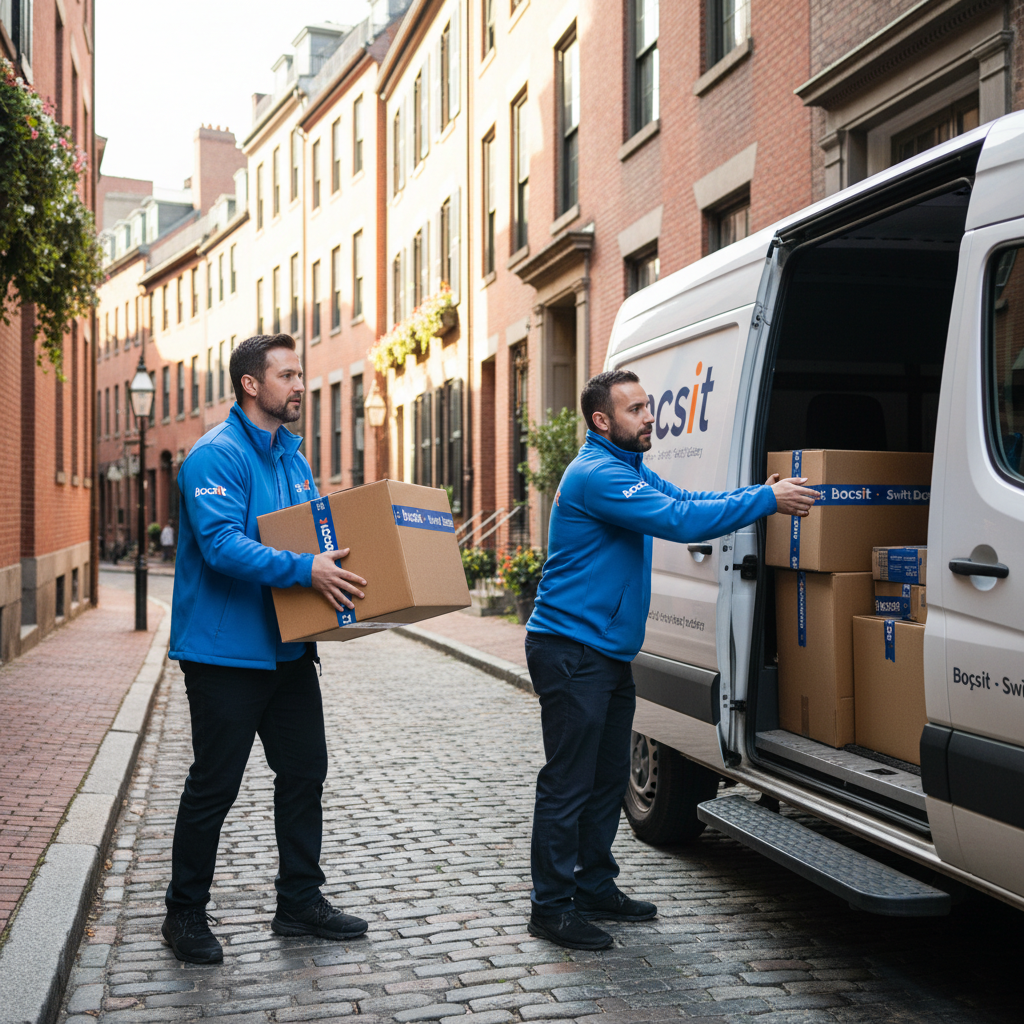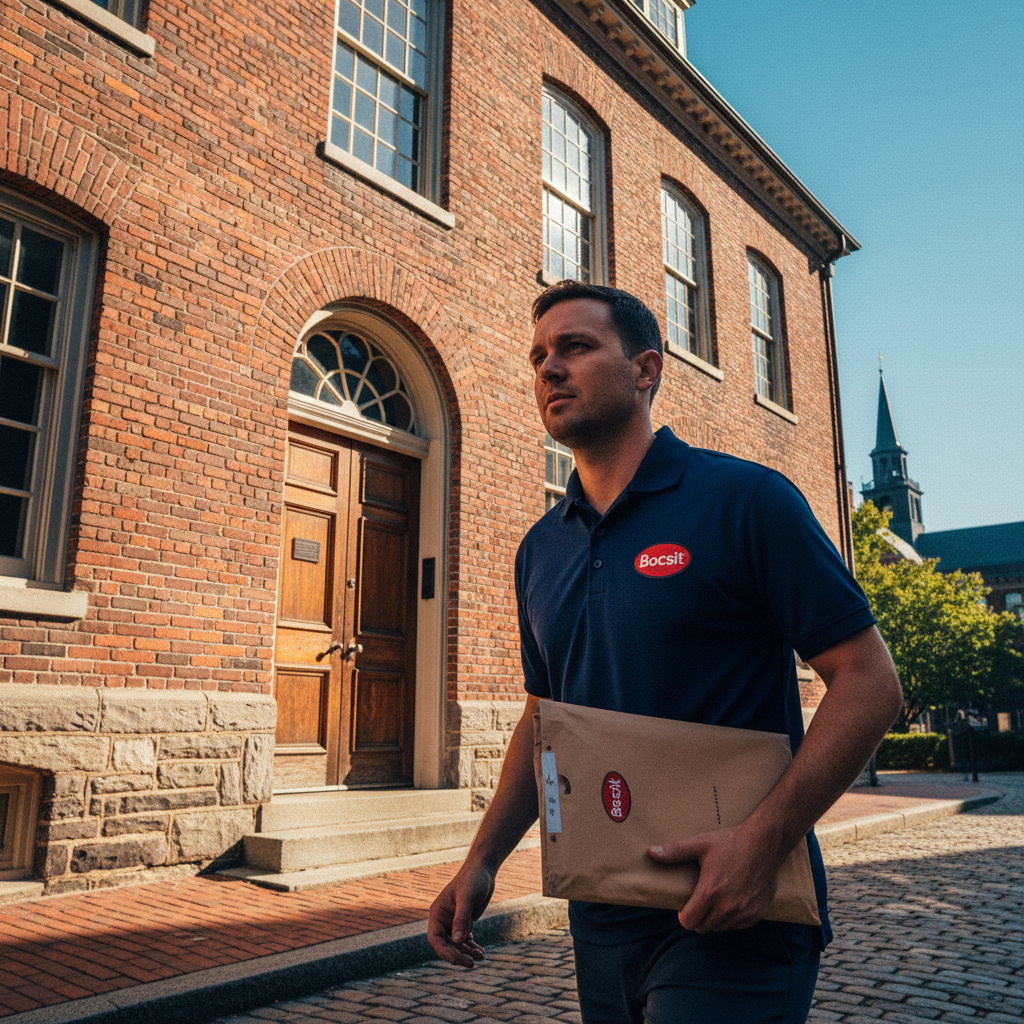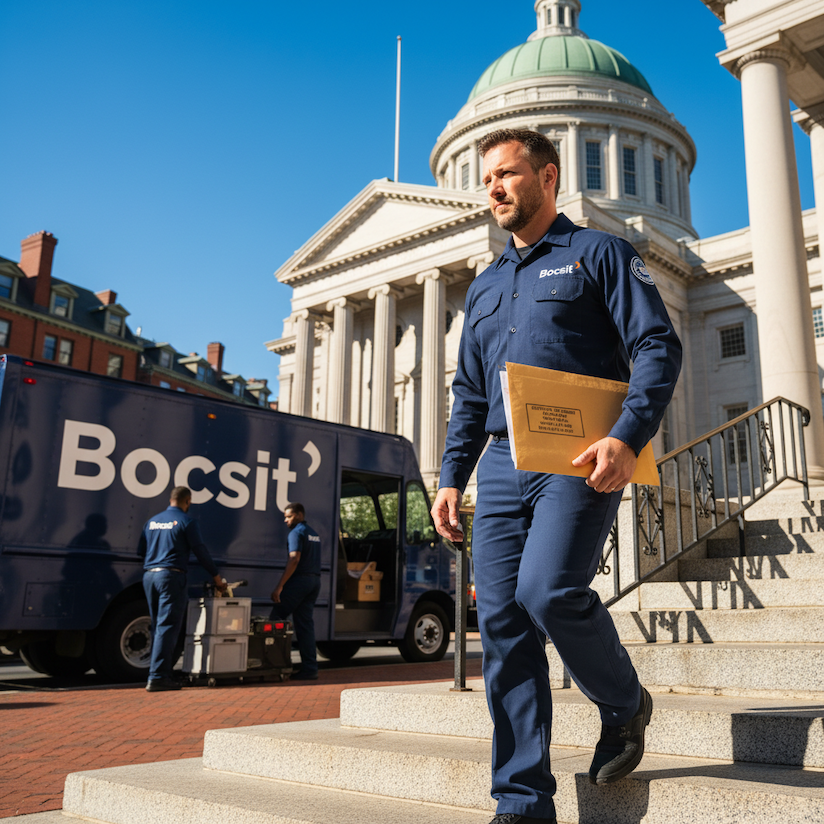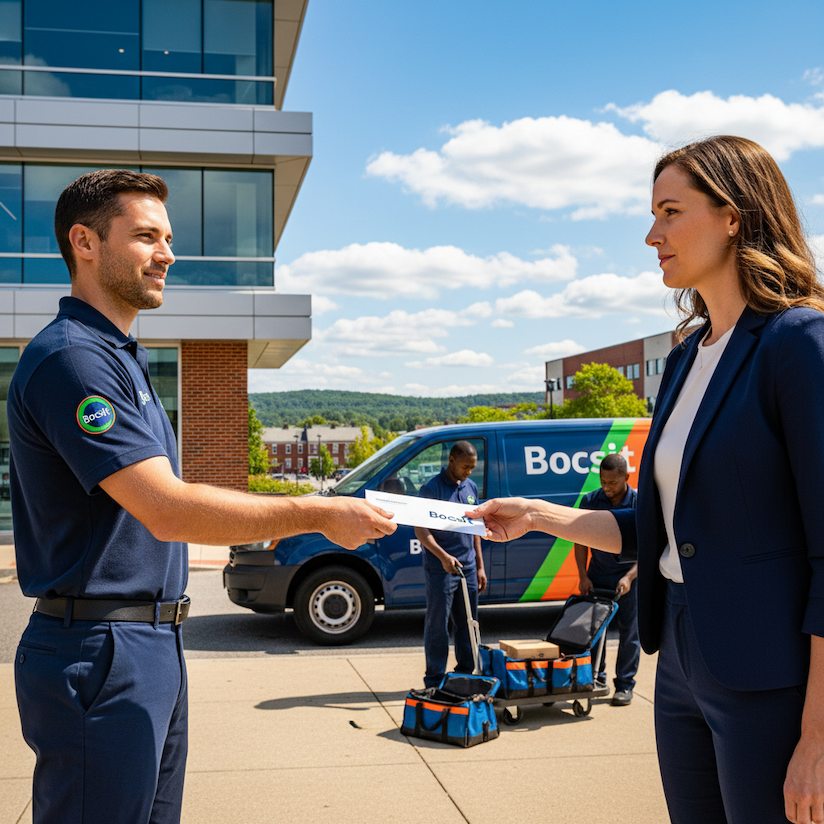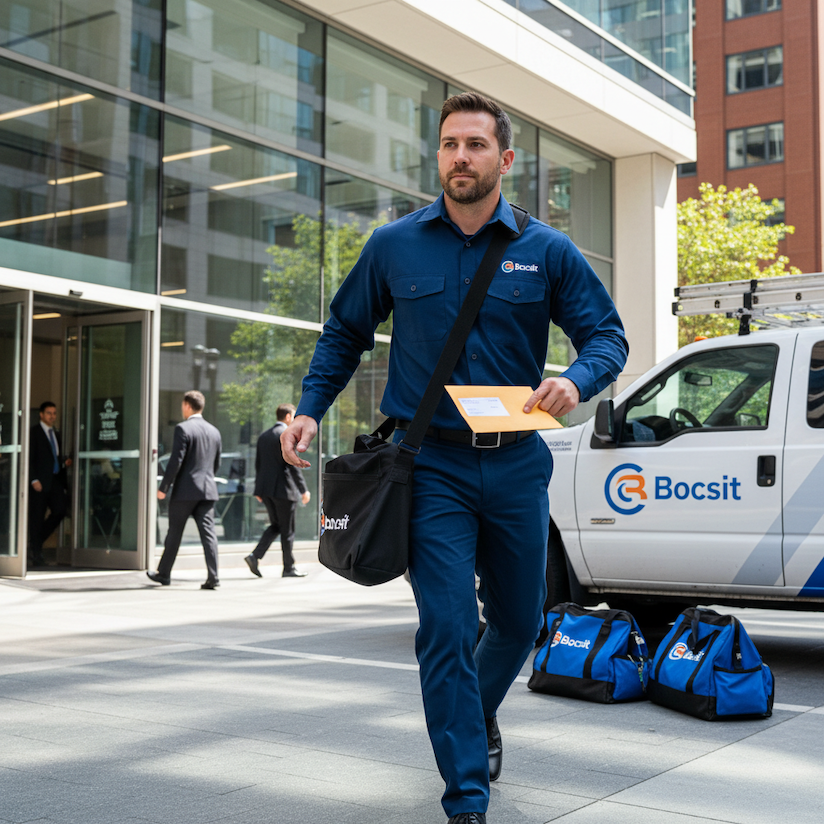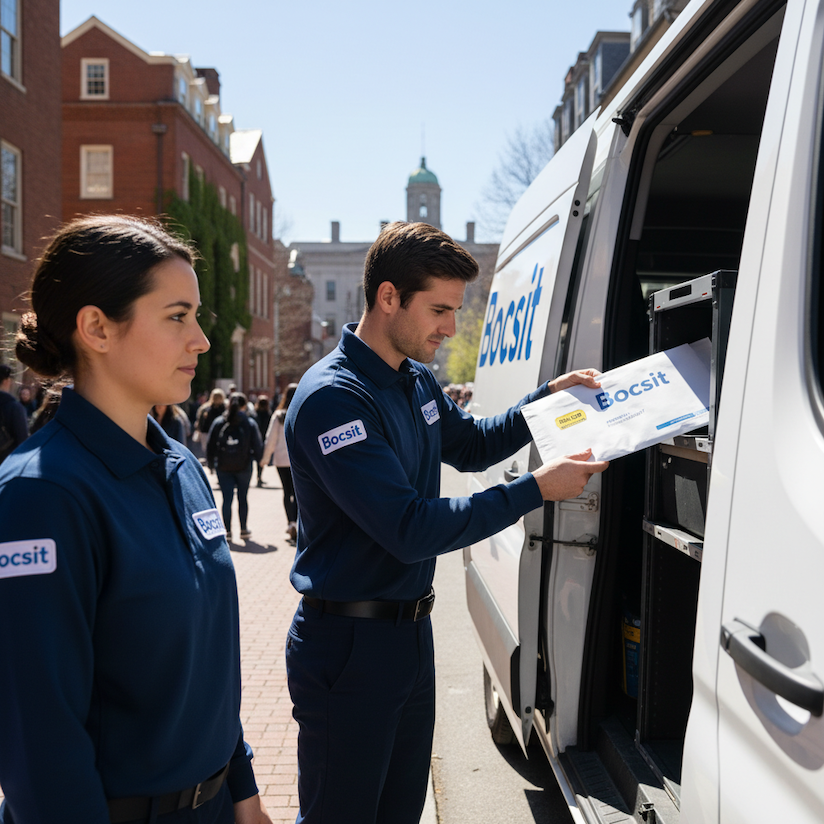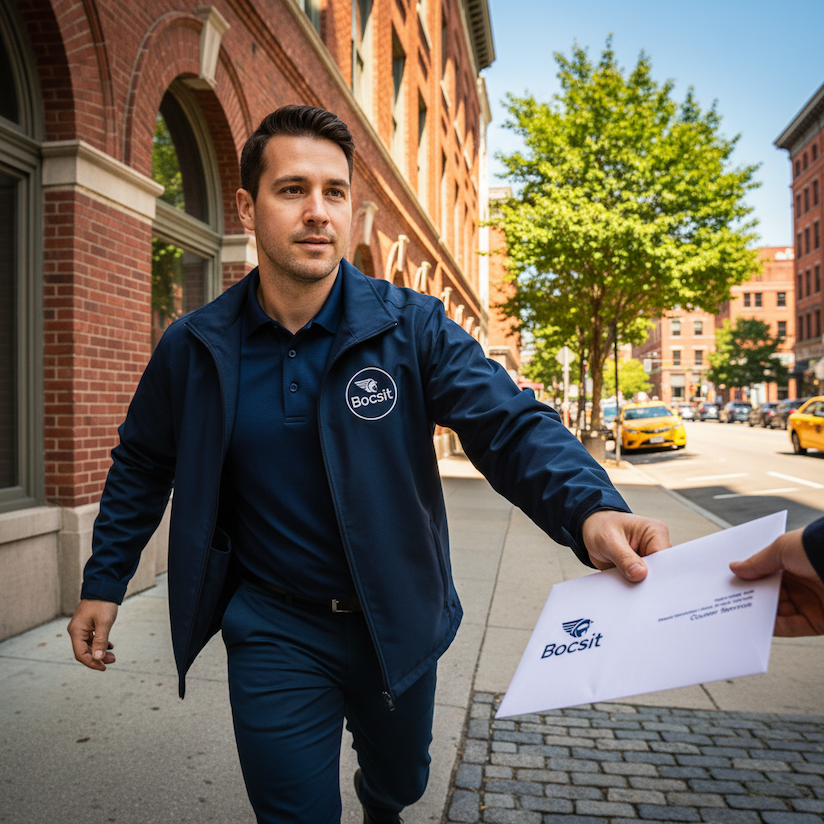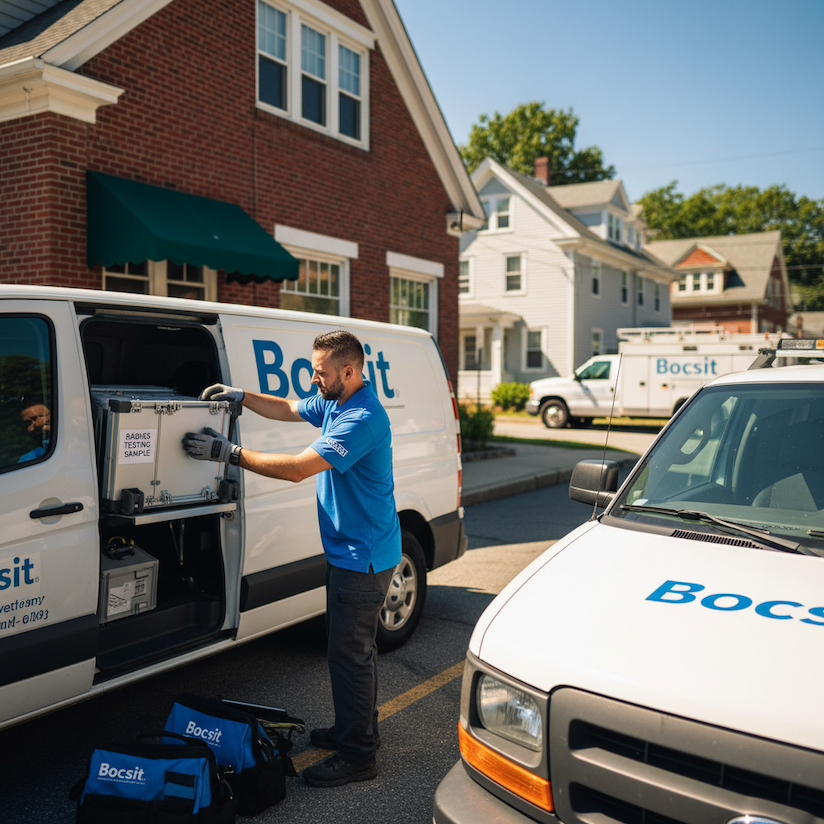Maintaining the Chain of Custody in Medical Sample Transport: A Useful Guide
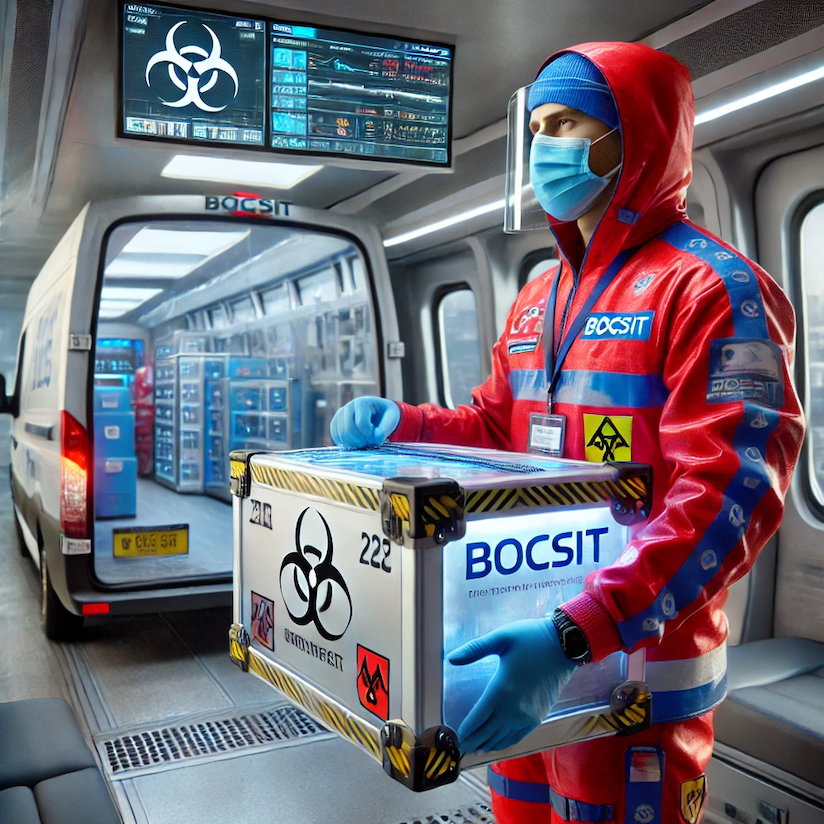
The integrity of the chain of custody in medical sample transport is paramount for ensuring the validity of diagnostic results, the admissibility of evidence in legal proceedings, and the overall quality of patient care. This article presents a detailed protocol for maintaining an unbroken chain of custody during the transport of medical samples, with a focus on the role of medical couriers and laboratory personnel. The protocol addresses documentation, physical security measures, temperature control, and the use of technology to create a robust and verifiable chain of custody.
Introduction:
The chain of custody refers to the documentation and tracking of the movement and handling of evidence from the time of collection to final disposition. In the context of medical sample transport, maintaining an unbroken chain of custody is critical for several reasons:
1. Ensuring sample integrity and preventing contamination or degradation
2. Maintaining patient confidentiality and compliance with privacy regulations
3. Establishing the admissibility of evidence in legal proceedings
4. Facilitating accurate diagnosis and appropriate treatment decisions
5. Supporting quality control and regulatory compliance in laboratory operations
This protocol outlines the steps and considerations necessary to establish and maintain a robust chain of custody for medical samples during transport.
Methods:
1. Sample Collection and Initial Documentation
1.1. Specimen Labeling:
- Affix a unique identifier to each sample container immediately upon collection.
- Include patient name, date of birth, medical record number, collection date and time, and collector's initials.
- Utilize barcode or RFID technology for automated tracking when available.
1.2. Collection Documentation:
- Complete a standardized collection form detailing:
a) Patient demographics
b) Specimen type and anatomical site
c) Collection date and time
d) Collector's name and signature
e) Reason for collection and tests requested
- Attach a copy of the collection form to the sample container.
1.3. Initial Chain of Custody Form:
- Initiate a chain of custody form that will accompany the sample throughout transport.
- Include fields for:
a) Sample identifier
b) Patient information (using de-identified codes if necessary)
c) Collection details
d) Intended recipient (laboratory or facility)
e) Special handling instructions (e.g., temperature requirements)
2. Packaging and Sealing
2.1. Primary Container:
- Place the sample in a leak-proof primary container appropriate for the specimen type.
- Ensure the container is securely sealed to prevent accidental opening or contamination.
2.2. Secondary Packaging:
- Place the primary container within a secondary, leak-proof container.
- Include absorbent material sufficient to absorb the entire contents of the primary container in case of leakage.
- If multiple primary containers are included, wrap each individually to prevent contact.
2.3. Outer Packaging:
- Use a rigid outer package to protect the contents from physical damage during transport.
- Affix biohazard labels and "This Way Up" indicators as appropriate.
2.4. Tamper-Evident Seals:
- Apply tamper-evident seals to all closure points of the outer package.
- Record seal numbers on the chain of custody form.
3. Temperature Control and Monitoring
3.1. Temperature Requirements:
- Determine the appropriate temperature range for sample stability based on specimen type and intended analysis.
- Document the required temperature range on the chain of custody form.
3.2. Temperature Control Measures:
- Use appropriate cooling or insulation materials (e.g., gel packs, dry ice) to maintain the required temperature.
- Place a calibrated temperature monitoring device within the package.
3.3. Temperature Logging:
- Use continuous temperature logging devices when possible, especially for temperature- sensitive specimens.
- Record the temperature at key transfer points on the chain of custody form.
4. Courier Handoff and Transport
4.1. Courier Verification:
- Verify the identity of the courier against a pre-approved list or identification system.
- Document the courier's name and employee ID on the chain of custody form.
4.2. Package Handoff:
- The person relinquishing custody signs and dates the chain of custody form, noting the time of transfer.
- The courier inspects the package for intact seals and signs the form acknowledging receipt.
4.3. Secure Transport:
- Use vehicles equipped with lockable compartments for sample storage during transport.
- Implement GPS tracking of transport vehicles for real-time location monitoring.
4.4. Direct Transport:
- Prioritize direct transport without unnecessary stops or detours.
- If stops are unavoidable, document the reason, duration, and security measures taken on the chain of custody form.
5. Laboratory Receipt and Processing
5.1. Receipt Verification:
- Laboratory personnel inspect the package for intact seals and signs of tampering.
- Verify that the seal numbers match those recorded on the chain of custody form.
5.2. Temperature Check:
- Check and record the temperature of the sample upon receipt.
- Note any deviations from the required temperature range on the chain of custody form.
5.3. Documentation of Receipt:
- The receiving laboratory technician signs and dates the chain of custody form, noting the time of receipt.
- Record the sample in the laboratory's internal tracking system, cross-referencing the chain of custody form number.
5.4. Sample Storage:
- Transfer the sample to appropriate storage conditions (e.g., refrigerator, freezer) as quickly as possible.
- Document the storage location and conditions in the laboratory's tracking system.
6. Electronic Documentation and Tracking
6.1. Electronic Chain of Custody System:
- Implement a secure, electronic system for documenting and tracking the chain of custody.
- Ensure the system includes:
a) User authentication and access controls
b) Automatic time and date stamping of all entries
c) Electronic signatures compliant with 21 CFR Part 11
d) Audit trail functionality
6.2. Barcode or RFID Scanning:
- Utilize barcode or RFID technology to automate tracking at key transfer points.
- Integrate scanning technology with the electronic chain of custody system.
6.3. Real-Time Updates:
- Configure the electronic system to provide real-time updates on sample location and status.
- Implement automated alerts for any deviations from expected handling or transport conditions.
7. Quality Control and Auditing
7.1. Regular Audits:
- Conduct periodic audits of the chain of custody process, including:
a) Review of documentation for completeness and accuracy
b) Verification of adherence to temperature control protocols
c) Assessment of courier performance and compliance
7.2. Mock Transfers:
- Perform mock sample transfers to test the integrity of the chain of custody process.
- Use these exercises to identify and address potential vulnerabilities in the system.
7.3. Corrective Action:
- Develop and implement corrective action plans for any identified deficiencies in the chain of custody process.
- Document all corrective actions taken and their outcomes.
8. Training and Competency Assessment
8.1. Initial Training:
- Provide comprehensive training on chain of custody procedures to all personnel involved in sample handling and transport.
- Include both theoretical knowledge and practical skills assessments.
8.2. Ongoing Education:
- Conduct regular refresher training sessions to reinforce proper procedures and address any updates to protocols.
- Maintain documentation of all training activities and attendee participation.
8.3. Competency Evaluation:
- Perform periodic competency assessments for all personnel involved in maintaining the chain of custody.
- Address any identified knowledge or skill gaps through targeted retraining.
9. Legal and Regulatory Considerations
9.1. Compliance with Regulations:
- Ensure all chain of custody procedures comply with relevant regulations, including:
a) Clinical Laboratory Improvement Amendments (CLIA)
b) Health Insurance Portability and Accountability Act (HIPAA)
c) State and local regulations governing medical sample handling
9.2. Expert Testimony:
- Maintain detailed records to support potential expert testimony regarding the chain of custody.
- Designate and train key personnel who may be called upon to provide such testimony.
9.3. Retention of Records:
- Establish a policy for the retention of chain of custody documentation that complies with legal and regulatory requirements.
- Implement secure storage systems for both physical and electronic records.
Conclusion:
Maintaining a robust and verifiable chain of custody for medical samples during transport is essential for ensuring the integrity of diagnostic results, protecting patient privacy, and supporting legal and regulatory compliance. By implementing a comprehensive protocol that addresses documentation, physical security, temperature control, and electronic tracking, healthcare organizations can significantly reduce the risk of sample compromise or mishandling.
The protocol outlined in this article provides a framework for establishing a reliable chain of custody process. However, it is important to note that specific implementations may need to be tailored to the unique needs and constraints of individual healthcare systems and laboratories. Regular review and updating of chain of custody procedures, coupled with ongoing training and quality control measures, will help maintain the highest standards of sample integrity and patient care.
Future research should focus on the integration of emerging technologies, such as blockchain and advanced IoT sensors, to further enhance the security and traceability of the chain of custody in medical sample transport. Additionally, studies evaluating the impact of robust chain of custody protocols on diagnostic accuracy, patient outcomes, and legal proceedings would provide valuable insights for continued improvement of these critical processes.


